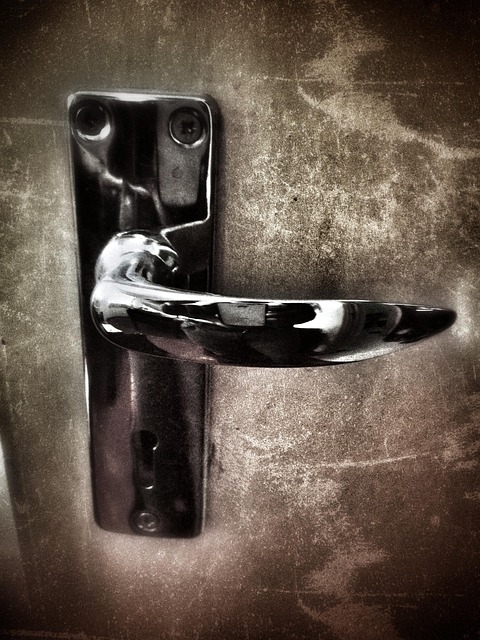Smart motion sensors for pets are revolutionizing home security by using machine learning and AI to recognize individual pet movement patterns, reducing false alarms. These advanced sensors adapt to pet routines, providing reliable alerts and integrating with smart home systems for automated tasks like feeding and monitoring activity. They offer both enhanced security and personalized care for furry companions, making them indispensable tools for modern homeowners.
In today’s digital era, smart homes are no longer a futuristic concept but an integral part of modern living. Among the various components, smart motion detectors have emerged as game-changers in home security, especially with the presence of pets. Traditional sensors often struggle to differentiate between intruders and furry friends, leading to false alarms and unnecessary stress for both homeowners and their pets. This article explores the rise of advanced smart motion sensors for pets, delving into their capabilities, key features, real-world applications, and how they enhance both home safety and pet care.
- Understanding Traditional Motion Detectors and Their Limitations
- The Rise of Smart Motion Sensors: A New Era in Home Security
- Key Features to Look for in Pet-Friendly Motion Detectors
- Real-World Applications: How These Sensors Improve Home Safety and Pet Care
Understanding Traditional Motion Detectors and Their Limitations

Traditional motion detectors, long a staple in home security, operate using passive infrared (PIR) technology or microwave sensing. While effective at detecting unusual movements, they often struggle to differentiate between pets and intruders due to their limited discriminating capabilities. PIR sensors detect heat signatures, triggering alarms when these change suddenly, but they can be easily fooled by pet activity, which typically involves smaller movements and consistent heat patterns.
This is where smart motion sensors for pets step in as a significant upgrade. Leveraging advanced technologies like machine learning and artificial intelligence, these sophisticated devices learn the unique movement patterns of household pets, allowing them to distinguish between familiar animals and potential intruders. By analyzing data over time, they can adapt to pet routines, reducing false alarms and ensuring peace of mind for homeowners.
The Rise of Smart Motion Sensors: A New Era in Home Security

The rise of smart home technology has brought about a new era in home security, with smart motion sensors at the forefront. These innovative devices are transforming traditional security systems by offering advanced features that cater to modern homeowners’ needs. One of the most significant advantages is their ability to differentiate between pets and intruders, thanks to sophisticated algorithms and machine learning capabilities.
This precision allows smart motion sensors for pets to detect and alert owners about the presence of unfamiliar individuals while ignoring the usual movements of furry friends. Such technology ensures that homeowners receive accurate alerts without the hassle of false alarms, providing a more reliable and efficient security solution. With continuous advancements in artificial intelligence, these sensors are becoming increasingly adept at recognizing patterns, further enhancing their effectiveness in safeguarding homes and families.
Key Features to Look for in Pet-Friendly Motion Detectors

Real-World Applications: How These Sensors Improve Home Safety and Pet Care

In real-world scenarios, smart motion detectors that can differentiate between pets and intruders offer immense potential to enhance both home safety and pet care. These sensors are designed to recognize familiar patterns of movement and behavior, allowing them to distinguish between a family pet entering a room and an unexpected intruder. This technology is particularly beneficial for homeowners with pets, providing peace of mind by ensuring that alerts generated by the sensors relate only to potential security threats.
For pet owners, smart motion sensors can automate various tasks related to pet care. For instance, they can trigger automated feeding mechanisms or notify owners when a pet enters a specific area, helping to monitor their well-being while away from home. Moreover, these sensors can adapt to changing routines and environments, learning and adjusting over time, which is crucial for maintaining accurate and reliable performance.
Smart motion sensors that can differentiate between pets and intruders represent a significant advancement in home security. By leveraging cutting-edge technology, these devices offer enhanced safety while providing peace of mind for pet owners. With their ability to recognize familiar furry friends, smart motion detectors ensure that homes remain secure without false alarms caused by animals. This innovative approach to security not only improves the overall protection of residences but also fosters a better quality of life for pet owners, creating a harmonious balance between home safety and pet care.
